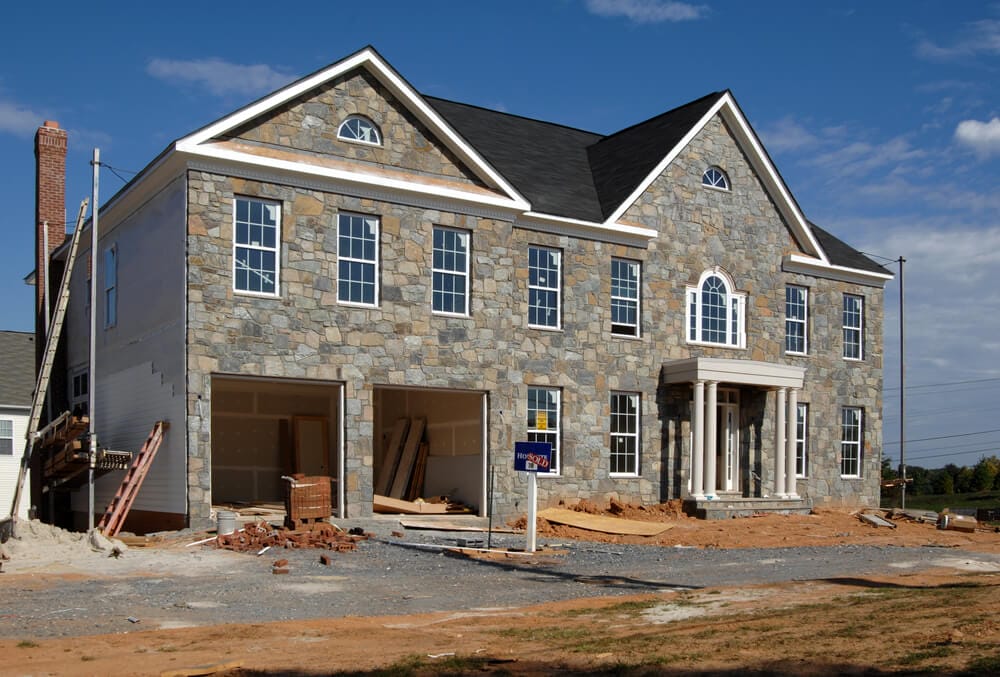If you need a large amount of money in a short period of time, you may consider cash-out refinancing. This borrowing option allows you to turn home equity into usable cash, and while it may not be the right choice for everyone, if you need money for home improvements, debt repayments, or large unexpected bills, using cash-out refinancing could be a wise choice.
Cash-out refinancing, when used properly, can be helpful, but it should not be taken lightly. In order to use this option responsibly, you first need to understand what it is, what risks are involved, and how it should be used.
Cash-Out Refinancing: What to Know About this Useful Option
What is Cash-Out Refinancing?
Cash-out refinancing is simply a loan option that allows you to refinance your mortgage for more than you currently owe, using the surplus cash for a wide variety of purposes, such as home improvements or debt consolidation.
For example, let’s say you purchased a $300,000 house with a 30-year mortgage and have been making steady payment on the loan. As you make steady payments, you eventually reach $70,000 of equity, with a remaining loan balance of $230,000. With cash-out refinancing, you could, for example, take out a loan of $280,000 against your home. $230,000 of the loan would go to paying off the original loan, while the remaining $50,000 could be used however you see fit.
Turning non-liquid assets (in this case, your home’s equity) into usable cash is the ultimate benefit for using cash-out refinancing.
Important Points About Cash-Out Refinancing
- You Must Have Significant Equity: To use cash-out refinancing, you first need to have a significant amount of equity in your home. After all, you can’t take out a loan for $50,000 over your current loan balance if you still owe on most of the home’s value. For example, if you owe $290,000 on a home worth $300,000, you won’t be able to take out a loan for $325,000. Generally, you will find that most cash-out refinancing requires that you have at least 20% equity in your home. That equity could have come through a down payment or regular monthly payments; as long as you own 20% of the property’s value, you should qualify with most cash-out refinancing lenders.
- Appraised Value Determines Borrowing Potential: Equity is an important factor in your ability to use cash-out refinancing, but it’s not the only factor. Appraised value is also important, as it’s the other side of the equation that determines equity percentage. So if your home value goes up, as the owner of the property you gain equity. For example, if your home was valued at $300,000 when you purchased, but is now worth $320,000, you can add the additional $20,00 to your equity. For this reason, it may be helpful to get a new appraisal before using cash-out refinancing, as a higher appraised value will result in greater borrowing potential.
-

Cash-out refinancing can be used to fund many different projects, including kitchen renovations. Cash-Out Refinancing is Used for Many Purposes: There is no specific guidelines for how you can use the money you receive from the loan. However, there are some common uses for the cash. One of the most common is home improvements, such as remodeling, repairs, additions, or renovations. Reinvesting the money back into your home can not only be a useful financial decision, upping the overall value of your home, it can also help create a home that is better suited for you and your family. Not only that, but you can improve your home without reducing your personal savings or cash reserves. Another popular use for cash-out refinancing is debt consolidation. Say you have $25,000 in high-interest credit cards and auto loans; if you use cash-out refinancing, you can pay off these loans and essentially convert the debt into a mortgage payment, which could have lower interest rates or lower monthly payments. Some use cash-out refinancing to make investments, buy property, or even strengthen a business.
- You’ll Need to Meet Specific Requirements: Every lender and cash-out refinancing program will have different requirements, but you’ll generally need a good credit score in order to get the best possible terms. You’ll also need to have a history of virtually flawless payment records on your current mortgage, and you’ll need to have a low debt load. Cash-out refinancing can be a risky loan for both the borrower and the lender, so you’ll have to essentially be a top-notch borrower to qualify for reasonable terms.
The Downside to Cash-Out Refinancing
Like all mortgage decisions, you need to be fully aware of the risks involved. And this certainly has its share of risk. First and foremost, your home is used as collateral against the loan, so there is always the chance of foreclosure if you can’t repay. Of course, this is just like your original mortgage, but placing more debt on the home will increase your chances (statistically speaking) of foreclosure.
It’s also never guaranteed that you’ll get a good interest rate, so you may be paying a lot for the opportunity of using your equity. Be sure to research the interest rates before using this form of refinancing.
There will also be additional fees and charges to refinance. Just like your original mortgage, you may have to pay thousands of dollars in closing costs, which means you’re essentially paying to access your home’s equity, and some of the money you get will be countered by the money you pay.
If you have over 20% equity in your home, there’s a good chance that you no longer pay private mortgage insurance on your conventional loan. However, if you use cash-out refinancing, you’ll likely go back to below 20% equity. This means PMI, which can cost hundreds of dollars a month, will be reinstated to your mortgage.
Providing Expert Advice on Cash-Out Refinancing
Want to take advantage of your home’s equity through cash-out refinancing? Contact San Diego Purchase Loans and we’ll make sure you have the right information to make a top-quality decision.


